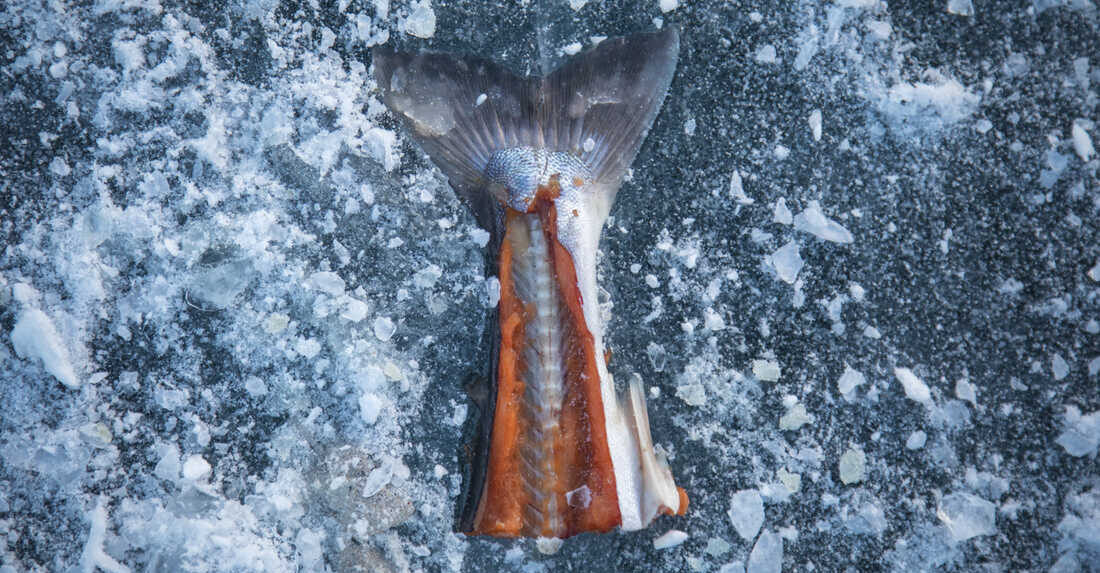Frozen Caribou: Exploring Arctic Cuisine and Tradition
In the vast and icy landscapes of the Arctic regions, where nature reigns supreme and communities thrive amidst challenging conditions, traditional cuisine holds a special significance. Among the culinary treasures of these northern lands is the frozen caribou, a dish that not only sustains but also celebrates the rich cultural heritage and survival instincts of its people.
The Arctic Culinary Tradition
Arctic cuisine is deeply intertwined with the natural environment and the lifestyles of indigenous peoples such as the Inuit, Yupik, and Sami. In these regions, where temperatures often plummet below freezing and access to fresh produce is limited, traditional foods like caribou provide essential nutrients and sustenance throughout the year.
Harvesting and Preparation
1. Sourcing Caribou
Caribou, also known as reindeer in Eurasian regions, are integral to the Arctic ecosystem and livelihoods. They are harvested sustainably, respecting seasonal migrations and traditional hunting practices that ensure the preservation of both species and cultural heritage.
2. Freezing for Preservation
Frozen caribou refers to the practice of preserving meat in sub-zero temperatures, often achieved naturally during winter or through modern freezing techniques. This preservation method ensures that the meat remains fresh and nutritious, ready to be prepared into various dishes.
Culinary Delights: Cooking Frozen Caribou
1. Traditional Methods
In traditional Arctic communities, frozen caribou is prepared using time-honored methods that maximize flavor and nutritional value. The meat may be thawed and cooked slowly over an open fire or in a pot, seasoned with local herbs and spices to enhance its natural taste.
2. Modern Adaptations
In contemporary Arctic cuisine, frozen caribou may be cooked using modern kitchen appliances while still honoring traditional flavors and techniques. It can be stewed, grilled, or even smoked to create diverse dishes that cater to both local tastes and international culinary curiosity.
Nutritional Value and Cultural Significance
1. Nutrient-Rich Meat
Caribou meat is prized for its lean texture and rich protein content, making it a valuable dietary staple in Arctic communities. It provides essential vitamins and minerals that support health and vitality in challenging environments.
2. Cultural Celebration
Beyond its nutritional benefits, frozen caribou represents a cultural celebration of resilience and connection to the land. Its preparation and consumption are often accompanied by storytelling, music, and community gatherings that reinforce cultural identity and unity.
Sustainability and Conservation Efforts
1. Environmental Stewardship
Arctic communities uphold sustainable hunting practices that respect wildlife populations and ecological balance. Conservation efforts ensure the continued availability of caribou and other indigenous species for future generations.
2. Cultural Preservation
Preserving traditional foods like frozen caribou is vital for safeguarding indigenous cultures and knowledge systems. It fosters pride in cultural heritage and promotes understanding and appreciation of Arctic traditions worldwide.
Conclusion:
Frozen caribou exemplifies more than just a meal. It embodies centuries-old traditions, survival strategies, and a deep connection to the Arctic landscape. As Arctic communities navigate modern challenges while preserving their cultural identities. Dishes like frozen caribou continue to serve as symbols of resilience, sustainability, and the enduring spirit of the North. Whether enjoyed in a remote village or shared globally through culinary exchanges, frozen caribou invites all to savor the flavors and stories of a region where food is more than sustenanc. It’s a testament to the human spirit thriving in harmony with nature.







